Dental surgical instruments
د.إ0,00
- Forceps: Used to grasp and extract teeth during dental procedures.
- Scalpel: A sharp knife for making precise incisions in gum tissue or performing surgical procedures.
- Elevators: Thin instruments used to loosen teeth from gums and bone before extraction.
- Curettes: Used to remove debris, tissue, or lesions from bone during surgery.
- Chisels: Instruments with sharp edges for cutting or reshaping bone.
- Drills: Tools for cutting into bone or teeth, essential for procedures like implant placement.
- Scissors: Fine-tipped scissors for cutting sutures or trimming soft tissues in the mouth.
- Retractors: Instruments to hold back tissues like lips or cheeks for better visibility during surgery.
- Sutures: Threads used to stitch incisions or wounds after surgery.
- Implant Instruments: Tools for precise placement and preparation of dental implants.
These instruments are critical for performing various dental surgical procedures effectively and with precision, ensuring optimal patient outcomes.
Description
Dental surgical instruments are specialized tools used by dentists and oral surgeons to perform various procedures with precision and effectiveness. These instruments are typically made of high-quality stainless steel or other durable materials to ensure hygiene and longevity. Here are descriptions of some common dental surgical instruments:
- Dental Forceps: These are used for grasping and extracting teeth. Forceps come in various shapes and sizes depending on the tooth and the procedure. They have beak-like tips that grip the tooth firmly to facilitate extraction.
- Scalpel: A small, sharp knife used for making precise incisions in gum tissue or for other surgical procedures in the mouth. Scalpels come with different blade sizes for various types of cuts.
- Elevators: Dental elevators are slender instruments used to loosen teeth from the gums and surrounding bone before extraction. They have a thin, sharp edge that fits between the tooth and the socket to lift and separate the tooth.
- Bone Curettes: These instruments are designed to remove debris, granulation tissue, or pathological lesions from the bone during surgical procedures. They have a rounded or spoon-shaped tip for scraping bone surfaces.
- Surgical Chisels: Used for cutting or reshaping bone, surgical chisels have sharp, beveled edges that allow precise bone removal during procedures like osteotomies (cutting of bone).
- Surgical Drills: Dental drills are used for cutting into bone or teeth, often with cooling water to prevent overheating. They are essential for procedures like implant placement or bone preparation for grafts.
- Surgical Scissors: These specialized scissors have fine, sharp tips and are used for cutting sutures, trimming soft tissues, or performing delicate surgical maneuvers in the oral cavity.
- Retractors: Dental retractors are used to hold tissues like the lips, cheeks, or tongue aside during procedures to provide better visibility and access to the surgical site. They come in various shapes and sizes depending on the specific need.
- Sutures: Surgical sutures are used to close incisions or wounds after dental surgery. They are typically made of resorbable or non-resorbable materials and come in different thicknesses for various tissue types.
- Dental Implant Instruments: These include specialized tools such as implant drivers, depth gauges, and bone mills, used specifically for the precise placement and preparation of dental implants.
Each of these instruments plays a crucial role in different aspects of dental surgery, ensuring that procedures are carried out effectively, efficiently, and with minimal trauma to the patient. Proper sterilization and maintenance of these instruments are essential to prevent infections and ensure patient safety.
-
- Sale! Add to cart
- Dental Anesthetic Supplies, Local anesthetics
GLUCO CHEX 2 Percent Liquid (Chlorhexidine Digluconate 2 Percent)
- Original price was: د.إ105,00.د.إ90,00Current price is: د.إ90,00.
-
- Sale! Add to cart
- Dental Prophylaxis and Hygiene Products, Prophy paste
Best Cord NANO Size 0 Polyester Polyamide Retraction Cord Impregnated
- Original price was: د.إ105,00.د.إ94,00Current price is: د.إ94,00.
-
- Sale! Add to cart
- Dental Anesthetic Supplies, Local anesthetics
CHLORAXID 2 Percent 400 g (Sodium Hypochlorite 2 Percent)
- Original price was: د.إ135,00.د.إ127,00Current price is: د.إ127,00.
-
- Sale! Add to cart
- Masks and face shields, Medical Consumables
WSGG Medical Goggles
- Original price was: د.إ45,00.د.إ39,00Current price is: د.إ39,00.
-
- Sale! Add to cart
- General Consumable, Paper Towels
MAXI ROLL TISSUE, EMBOSSED
- Original price was: د.إ35,00.د.إ29,50Current price is: د.إ29,50.
-
- Sale! Add to cart
- Dental Anesthetic Supplies, Local anesthetics
Alcohol Surface Disinfectant Spray (Natural Fragrance)
- Original price was: د.إ45,00.د.إ38,00Current price is: د.إ38,00.



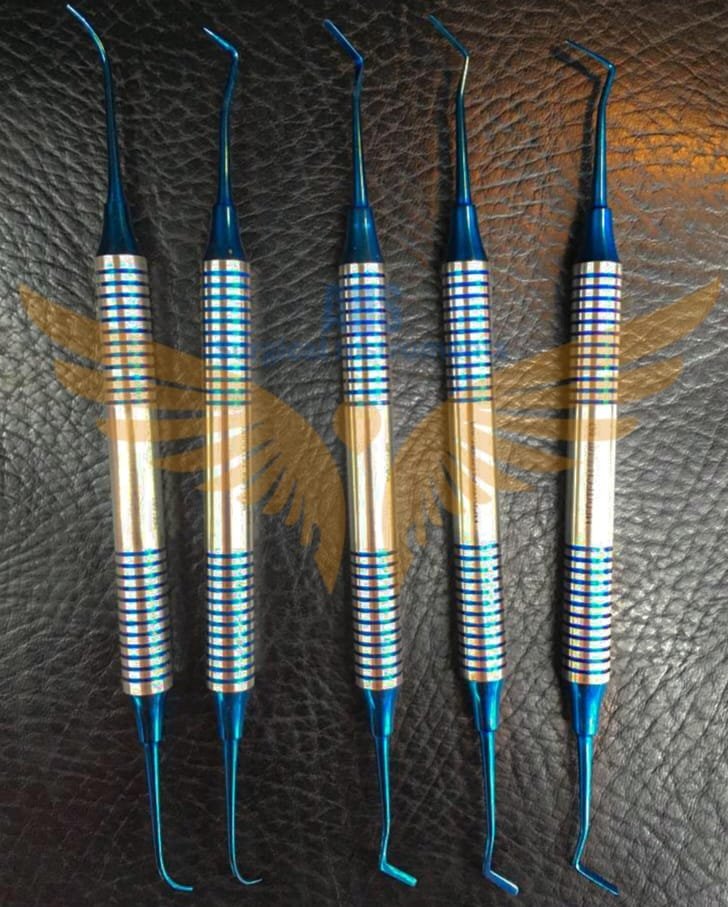








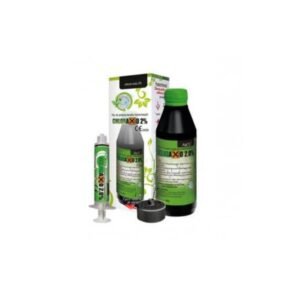


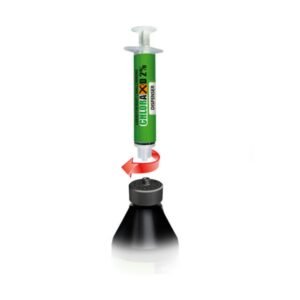
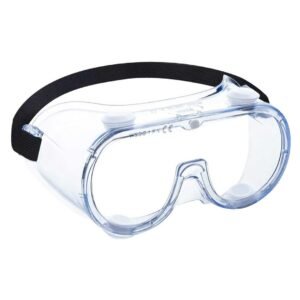












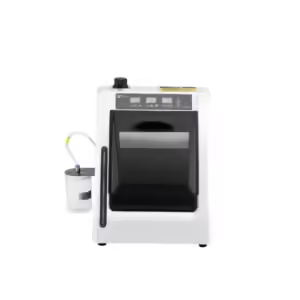

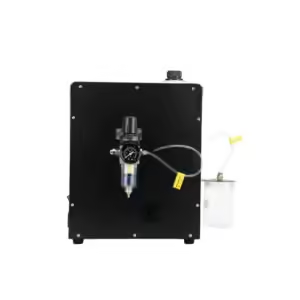
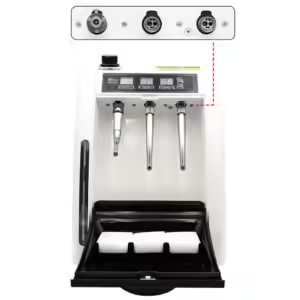



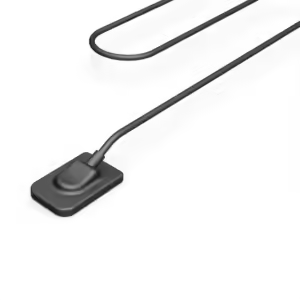







Reviews
There are no reviews yet.